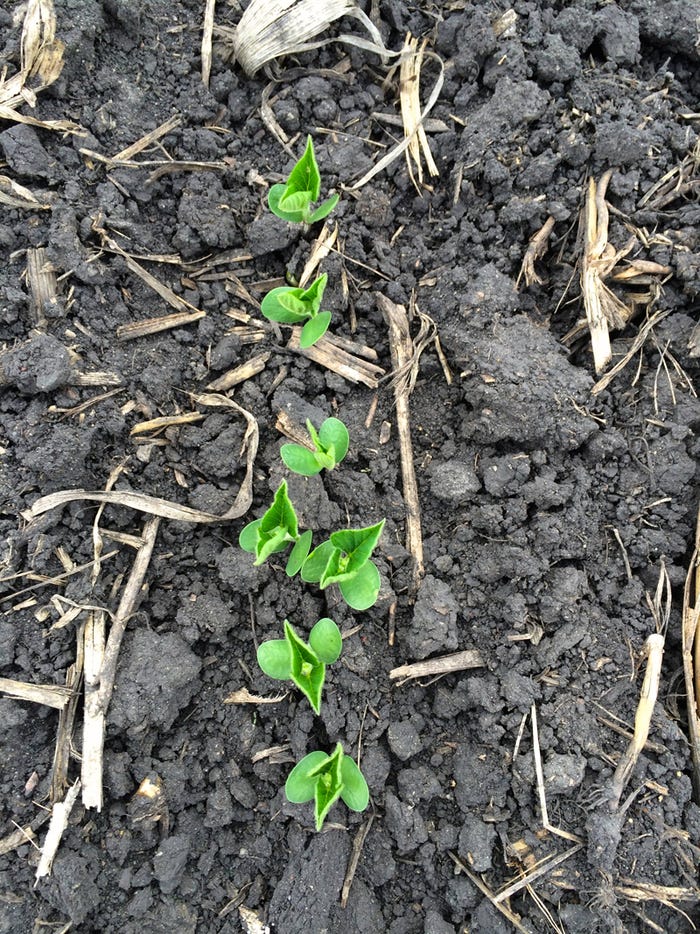April 26, 2017

By Ethan Smidt, John Gaska and Shawn Conley
Growers are collecting many forms of spatial data for their fields, including yield, elevation and soils data. Highly accurate GPS systems along with advances in variable rate technology (VRT) are allowing growers to create
and use variable rate planting prescriptions to optimize soybean yields and seed placement (Hoeft et al., 2000). As soybean seed prices continue to rise (USDA-ERS, 2014), growers are looking for ways to optimize seeding rates across their fields (Hoeft et al., 2000). However, growers and researchers alike feel there is an abundance of raw data but a shortage of methods and knowledge on how to use the data for advancements in precision agriculture (Bullock et al., 2007).
Therefore, the objectives of this research were:
Find the key measureable predictors determining soybean seed yield in Wisconsin
Use those predictors to create accurate, data-based future VRT prescriptions
You May Also Like




